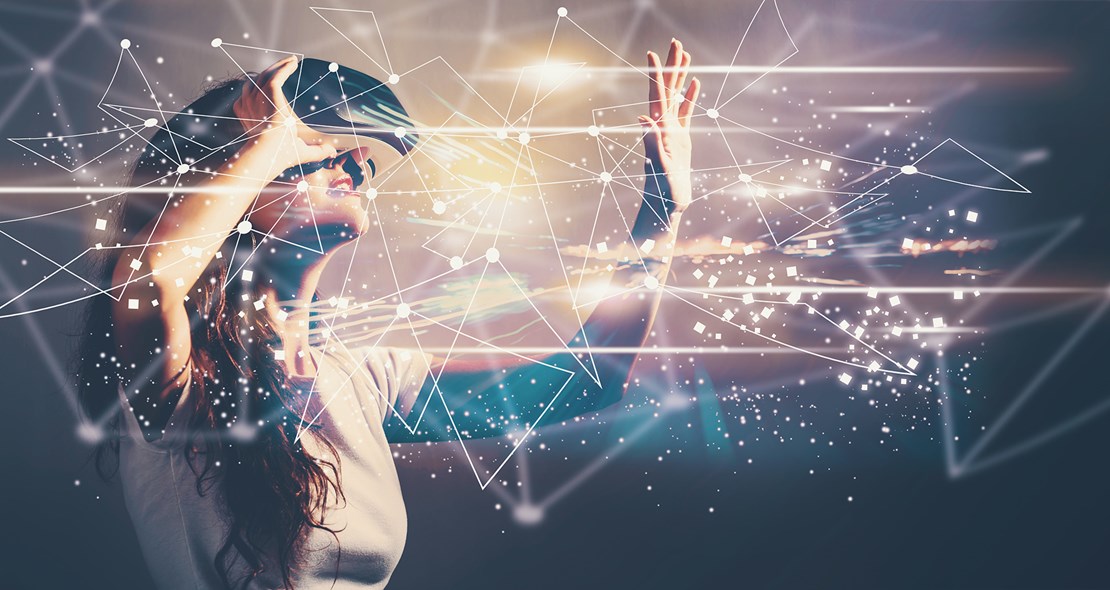After several years of slow growth, COVID-19 has fuelled the rise of immersive technologies such as Augmented Reality (AR) and Virtual Reality (VR), pushing the technology to the mainstream
while paving the path for Mixed Reality (MR). Dr Shamim Mousavi from AWTG explains the growing role that immersive technologies are playing in healthcare.
AR, VR and MR can deliver realistic psychological and physical experiences through immersive real-life simulations in a safe environment. These technologies have brought unlimited possibilities in health, medicine and smart industries enabling a more interactive, engaging and efficient execution of operational tasks.
Today the use AR, MR and VR, or immersive technologies, in healthcare is growing for a variety of tasks including:
- Diagnosing and treating dementia, depression, PTSD, phobias and other physical disorders and pathologies
- Faster and more effective remote diagnostics and surgery
- Training medical personnel
- Exposing patients to information they need to learn faster and more effectively.
The basics of immersive technologies
AR - Augmented Reality is the result of using technology to superimpose digital elements (such as sounds, images, and text) to the world we see using a tablet, smart eyeglass or a smartphone camera.
VR - Virtual Reality is an immersive, three-dimensional, computer-generated environment which can be explored and interacted with by a person. Instead of projecting the images and sounds on a real environment, virtual reality uses a headset to immerse users within a 360-degree environment.
MR - Mixed Reality is the merging of real and virtual worlds to produce new environments where both physical and digital objects co-exist and interact in real time such as the use of holograms and mixed reality glasses.
All these immersive technologies come together to give the user a realistic experience of their augmented or virtual surroundings, allowing a better perception of the environment, which is evident by the popular use of these technologies in gaming. However, the same technology can be used to address many of the challenges faced in the education and health sector or even better a combination of both, healthcare education.
Immersive technologies in healthcare education
One of the greatest advantages of AR, VR and MR is the immersive learning that can be made possible by using a smartphone app, simple cardboard VR glasses and earphones, where interactive 3D objects give the user a real life-like experience of the simulated environment.
Immersive technologies are used to train students and medical practitioners before exposing them to real-life patients through interactive learning. The results are a reduction in learning time and a better grasp of operative technique through more realistic visuals than books and videos.
Another benefit is the higher engagement rate which has a direct result on performance and knowledge application. The learning medical practitioner can realistically see themselves in the situation, explore different structures within the region being studied and have a better perception of real-life outcomes. A practical example of this is AWTG’s AR/VR tool which aims to train non-radiologists to perform bedside ultrasounds on patients.
The use of this technology not only facilitates efficient learning and better grasp of images but also helps deal with challenges faced by healthcare providers to meet demand in less than 6 weeks. The more people trained to perform a procedure, the higher the capacity of providers to meet public demand which, in turn, gives more practitioners the ability to practice different techniques and in a shorter time.
Another application of immersive learning is patient education. This can be especially beneficial to paediatric and elderly patients that are about to undergo a procedure. The immersive experience with AR, VR or MR will let them understand the reason behind the procedure, how the procedure is performed and what to expect. This can significantly reduce anxiety levels and also increase cooperation during treatment. Patients are willing to follow post-operative instructions better when they understand the reasons behind them and see the effects they have on the healing.
AWTG is enabling deployment of AR, MR and VR for smart health with no software development or coding required.

